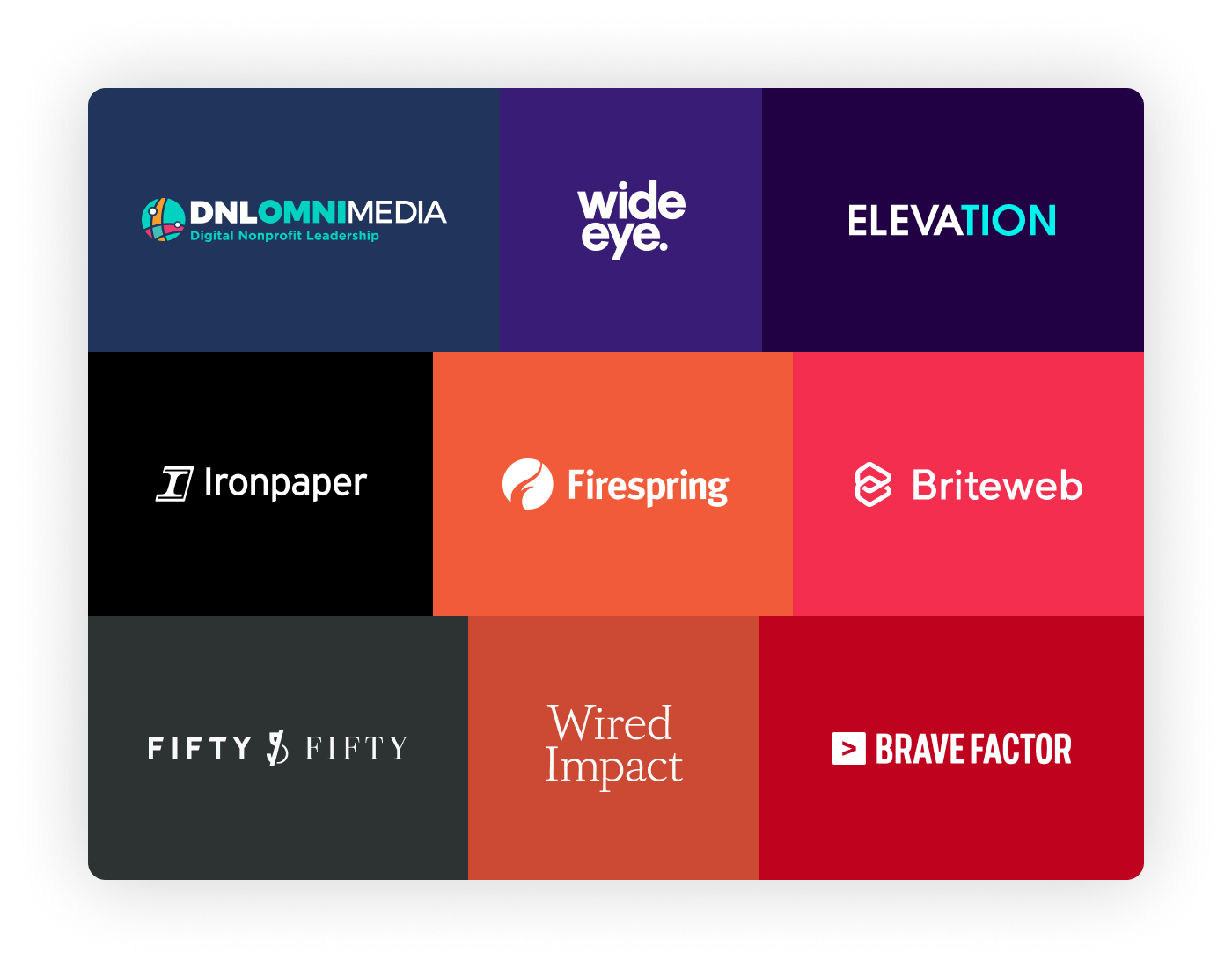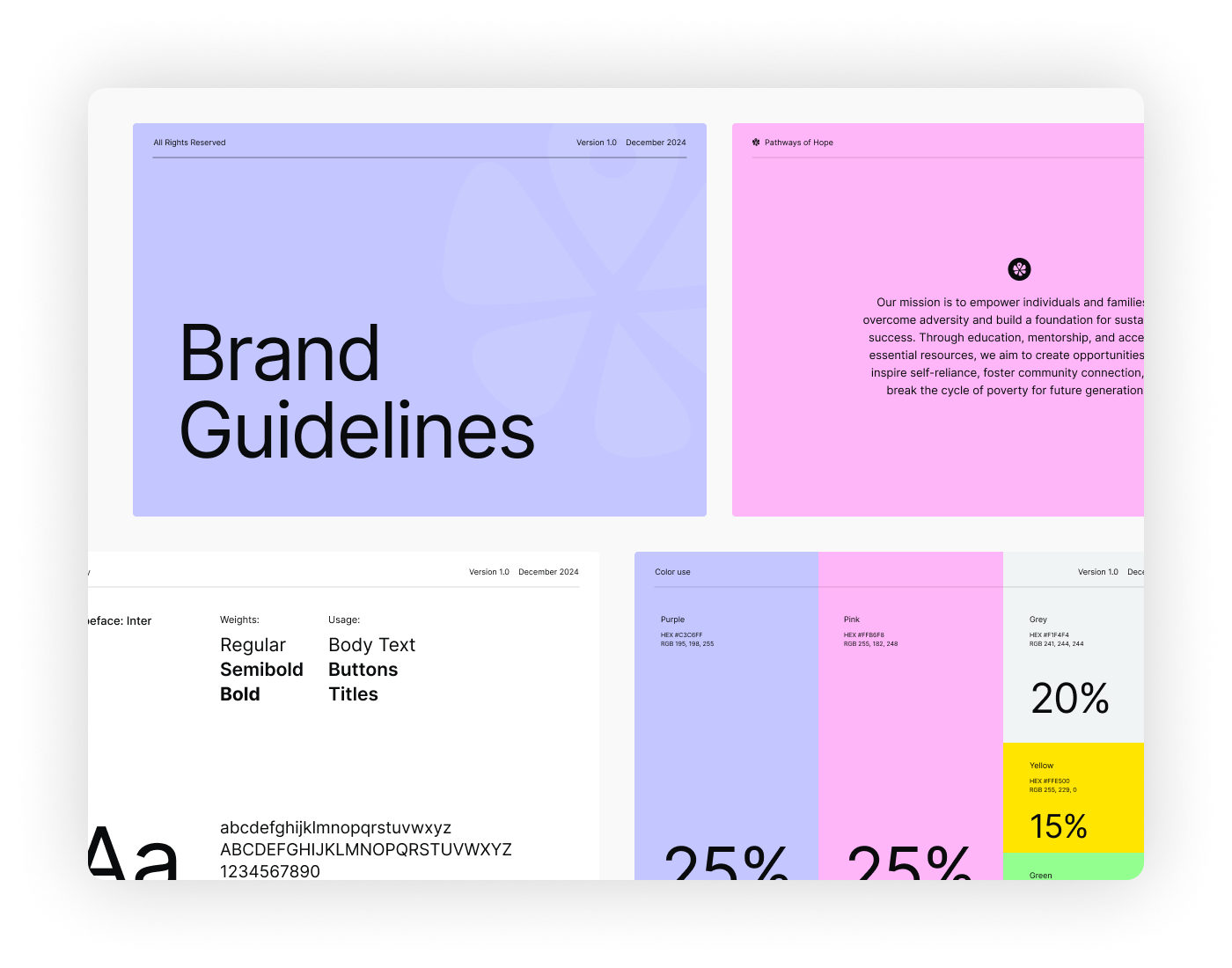Facebook is by far one of the leading social media platforms, with an estimated audience of 2.14 billion people. That also makes Facebook one of the largest marketing platforms. Unfortunately, social media algorithms make Facebook advertising quite tricky, especially with organic posts. That’s why more and more nonprofits are pooling their resources together to invest in social media advertising. This has given nonprofits access to a considerable pool of supporters, but you need to develop an effective marketing strategy for your nonprofit campaigns.
As a powerful social and advertising tool, Facebook allows you to run charity campaigns, create brand awareness, and command a strong following from supporters. That said, there is a method for how to ask for donations on Facebook using Facebook Ads for Nonprofits.
Strategies to Help You Ask for Donations on Facebook
As the holidays and festive season draw nearer, it is time to start strategizing how you can successfully run charity campaigns on Facebook. Your average marketing campaign focuses on the middle and lower ends of the sales funnel, which entails attracting, acquiring, and retaining new supporters and donors. This strategy often foregoes yet another critical aspect of marketing for nonprofits which is brand awareness. So what makes a brand awareness campaign effective, and is it worth the financial investment?
First, you need to know how to choose your branding Key Performance Index (KPIs) carefully. When planning your Facebook brand awareness campaigns, it’s essential to pick the optimal KPIs for your Facebook objectives. Here are the Optimal Branding KPIs for Facebook:
- Reach
- Ad Recall
- Brand Awareness
- Frequency
- Number of Video Views
You can align each KPI to meet a specific Facebook campaign objective. When evaluating the performance and the success of a campaign, it should be measured according to the selected objective. These objectives don’t include Engagement or Clicks since neither of these is an effective measure of branding or lower-funnel objectives.
Why Invest in Reach?
Buying for Reach and Frequency allows you to access an exceptionally large audience on Facebook given a clear vision of the expected outcome. It also provides you with the necessary information to keep a tab on frequency during the entire campaign period.
To implement this, consider narrowing down your reach to target only an influential audience, which means focusing on relevant messages that impact people’s responses. Then you can scale up to target a broader audience, although this will result in a lower response rate to your nonprofit Facebook ad.
It’s essential to focus on reaching a broader audience to have a greater impact on branding. Overall, the best way to measure the outcome of branding campaigns is by measuring the audience targeted and the total number of people impacted.
What’s the Essence of Video Solutions?
A recent study proved that the longer a person spent watching a video, the greater the Ad and Brand Recall. But there’s more. Time spent watching also increases Purchase Intent by more than 70%, which is hugely important for full-funnel campaigns.
With our social media plans and strategies for nonprofits, you can retarget anyone who watched a previous video and made a donation to a particular campaign.
View Duration is a great KPI, although the duration isn’t always an excellent proxy for attention. Measuring duration itself overrides the fact that mobile video consumption is typically fast, frequent, and consistent. Your priority should therefore focus on measuring impact as per your business objectives and KPIs such as brand awareness, ad recall, and conversions. Fortunately, most nonprofits have noticed this and are increasingly using mobile videos to create awareness and keep tabs on donors support levels.
Brand Awareness AdvertisingTips
- Awareness: Add a frequency cap on Reach and Brand Awareness Auction campaigns.
- Prospecting, Interest and Full Funnel: Invest in an audience targeting tool that goes beyond Facebook’s 10% to give you broader reach. The tool should generate audiences with similar habits and interests as your initial custom audience.
Practical Steps for Setting Up Effective Nonprofit Marketing on Facebook
Make the Most of Facebook Ads Manager
Ads Manager enables you to combine and match criteria for campaigns, so you can pick what works and drop what doesn’t. Once you’re on the right track to building your audience, you’ll have access to a meter showing you prospective reach for the audience you’ve created. With this meter, the secret is to always focus on the green zone.
Select the Ideal Objective
Before even considering a Facebook advertising budget for your nonprofit, it’s vital to understand your overall objectives as well as what can and cannot work. Only then will you be able to determine which objective will help you achieve your goal. As we have pointed out, with Facebook Ads Manager the main objectives are classified into three categories: Awareness, Consideration, and Conversion.
- Awareness Objectives: Objectives that attract interest in your organization from a broad and diversified audience. Brand awareness is all about telling people about a specific problem and why your nonprofit organization is the solution to this problem.
- Consideration Objectives: Factors that come into play to achieve any of the set objectives; for instance, budget and campaign timelines.
- Conversion Objectives: How many donors do you want to attract and retain after a specific period? You’ll also want to know the probability of them supporting your cause in the first place versus becoming long-time donors.
Evaluate Your Results
When you first put out an ad, it’ll go through Facebook’s initial “learning phase.” This is the process whereby the Facebook algorithm identifies your ad’s authentic engagement and then creates a model for how to achieve similar results. Generally, it will take around 48 to 72 hours to establish if the algorithm is learning correctly. If not, you will have to go back to the drawing board and test different approaches to find which one works best. After a few days of seeing results, you can begin analyzing which ad is performing better, which audience is generating cheaper results, etc. From there, you can analyze these outcomes to adjust your campaign and budget to make use of the proper tools and strategies.
Bottom Line
If your nonprofit is not yet using Facebook advertising to create brand awareness and grow your online community, consider giving it a try. Use these tips to launch your successful Facebook advertising campaign. But know that they are also only the tip of the iceberg that is social media advertising. For more in-depth resources, feel free to download our nonprofit marketing plan template to keep you on the right track. You might also want to check out our social media plans for nonprofits.



